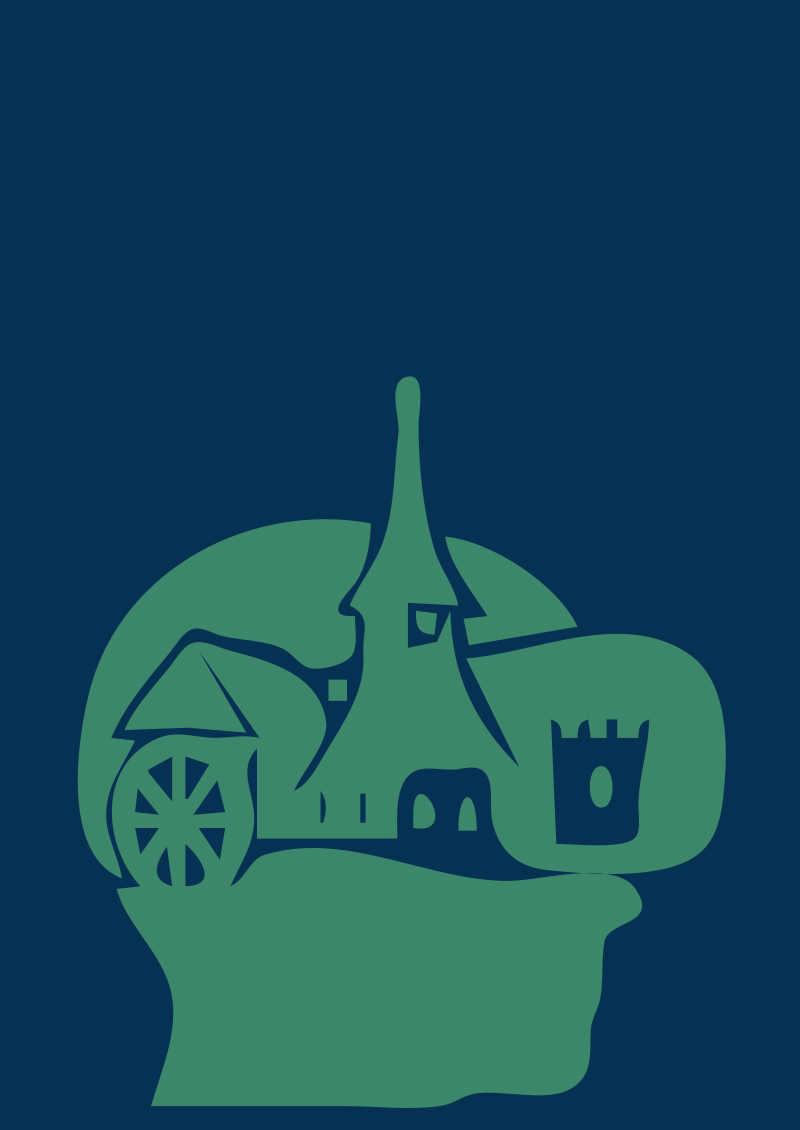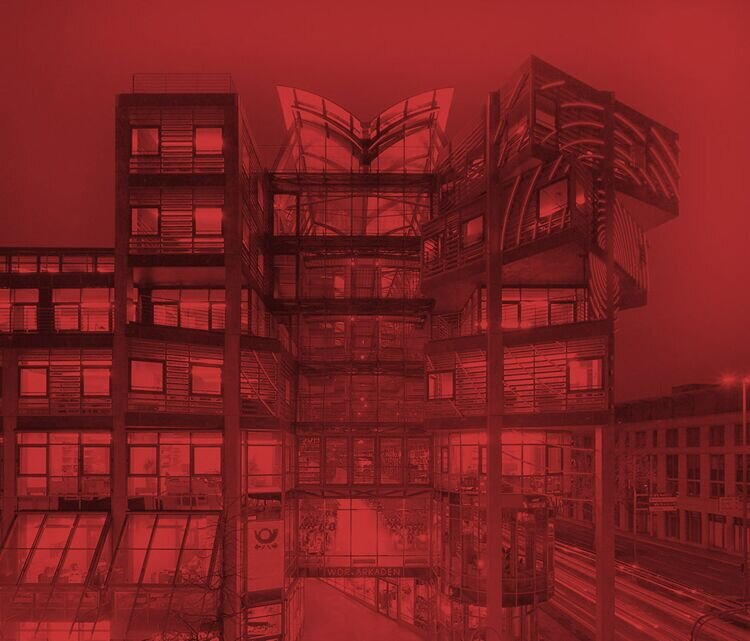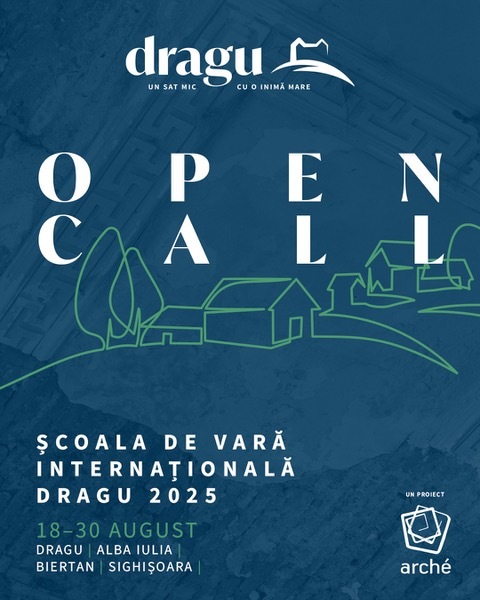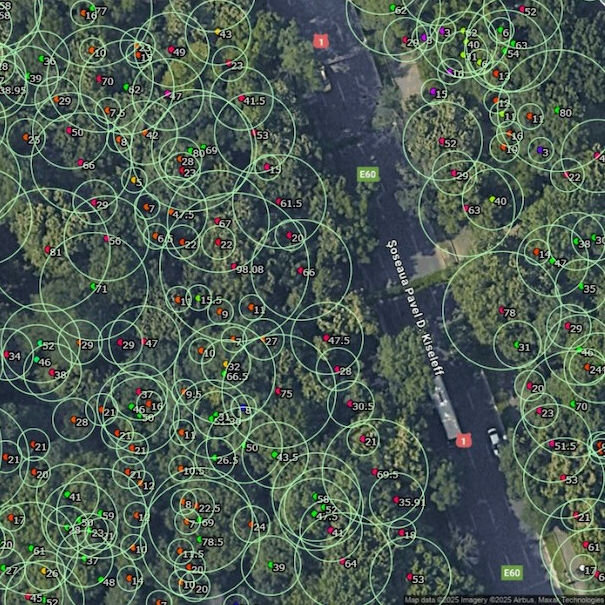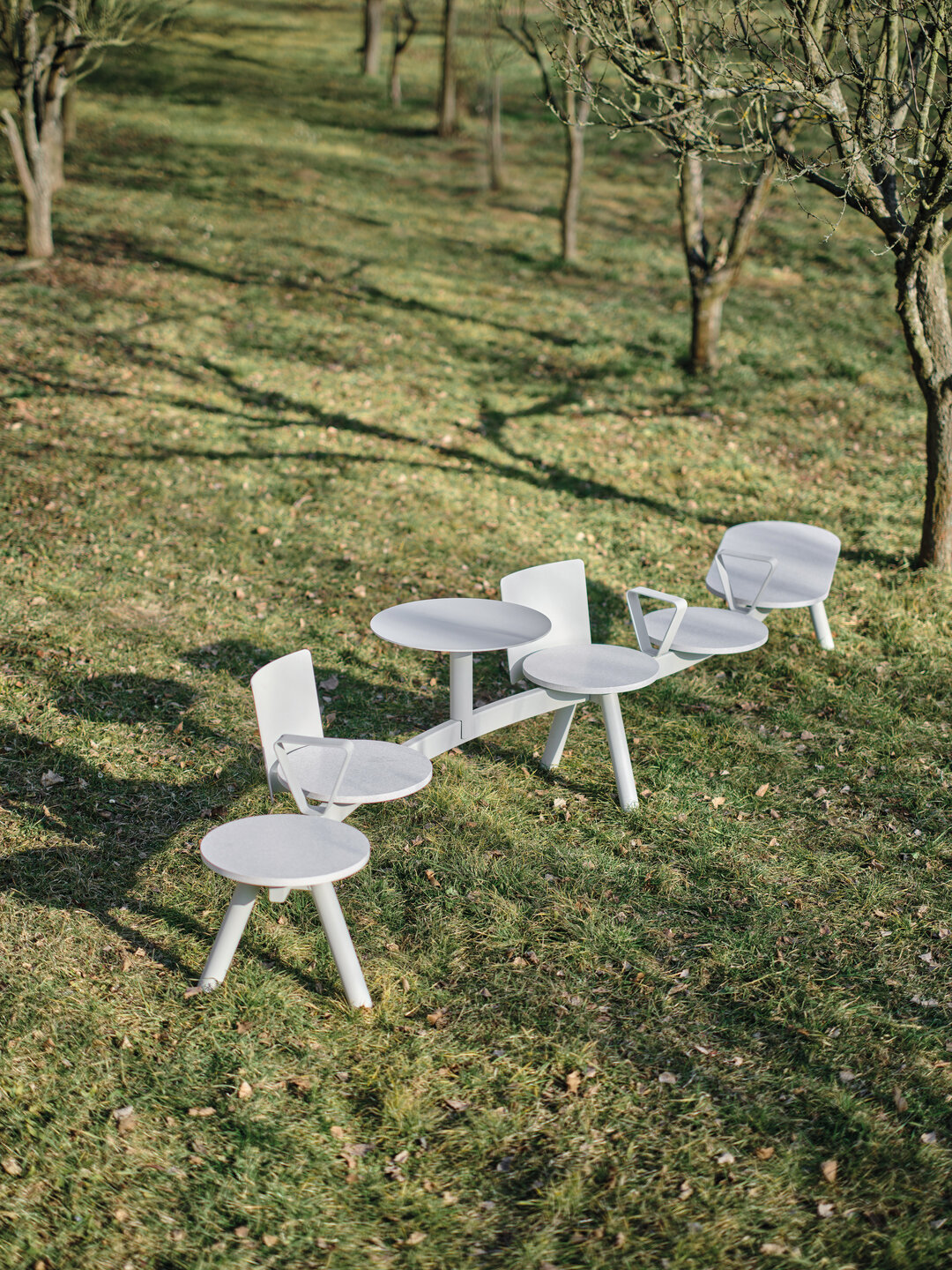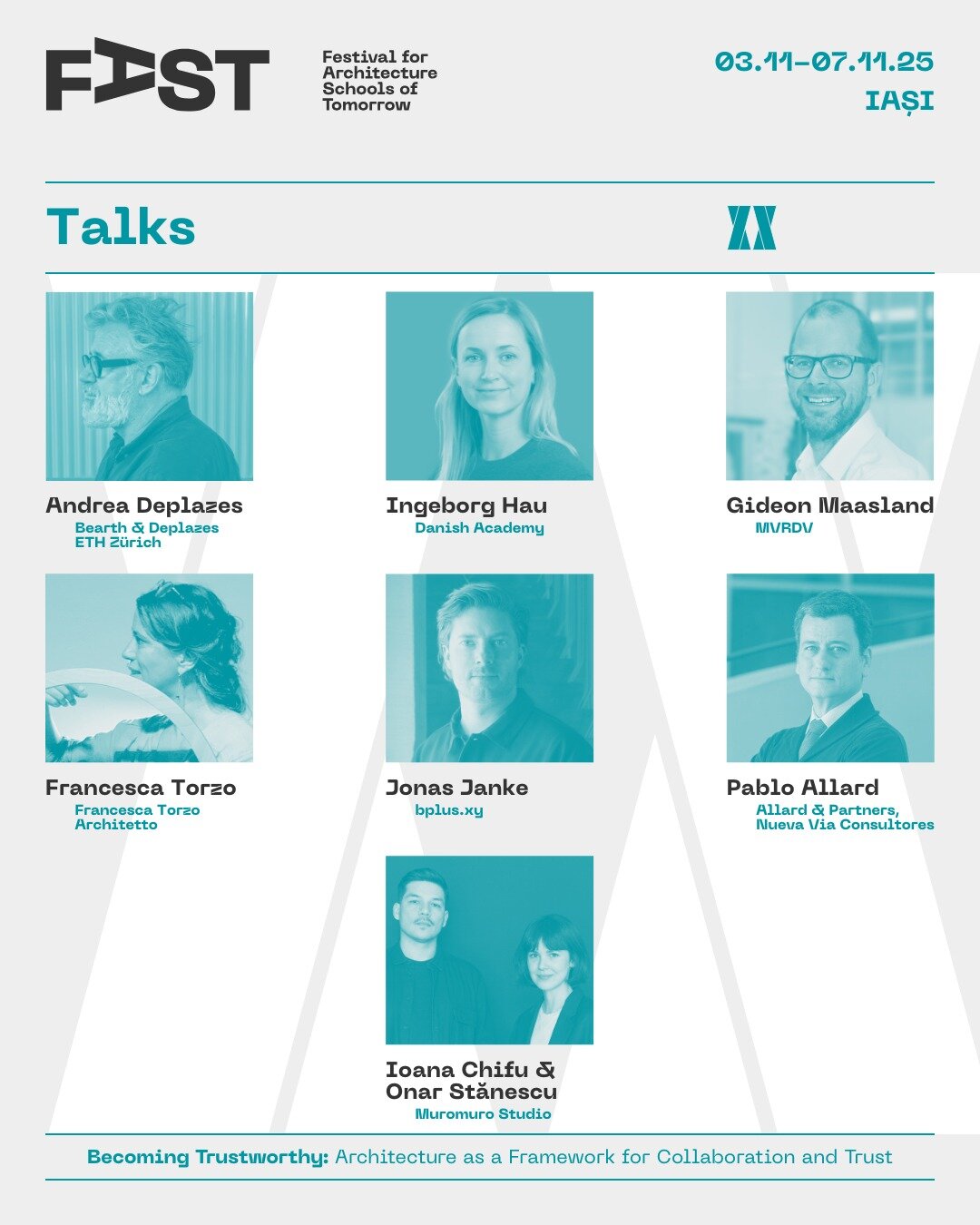
Scaleless-Seamless - call for papers
06.08.2012
Facilitated by the extended applications of digital technology in all sectors of production, administration, education and consumption, the contemporary world can be increasingly conceived as a global and systemic environment. All our activities are profoundly influenced by a new condition of fluidity and interdependence of various and very often, unpredictable parameters and factors, introducing us progressively to a systemic and parametric understanding of the world and our position in it.
Architecture and the building process are reflecting this new conception of the world by redefining themselves according to new principles and means. The fast development of digital techniques to simulate, represent and generate Architecture promises a continuous design process, including the seamless transfer of information between the involved parties and making performance a key issue in the planning process. In this process, concepts of adaptability, transformability and flexibility are replacing already tested and secure solutions, customization is replacing standardization and metrics, and digital tools are replacing analogue representations.
In these new conditions the scaleless and the seamless appear as the two key pillars of the requested integration in contemporary architectural practice and education. Do the design and planning practices and construction industries respond with digital synergies to these new requests? Can the curricula of architecture schools escape from the dominance of traditional fragmentation within their structure and the organisation of the modules and academic units towards more holistic concepts and workflow? How can the traditionally separate courses offered by departments and modules of architectural education institutions be redefined in order to assure a scale-less and seamless thinking about form, materiality and its social and cultural representations, its environmental aspects and its urban and contextual references?
The European Network of Heads of Schools of Architecture (ENHSA) and the European Association for Architectural Education (EAAE) in collaboration with the Departments of Digital Design and Building Construction of Muenster school of architecture invite teachers, researchers and practitioners to discuss potentials for the development of more integrated formats of education and practice. The Conference wishes to give an overview of the practical implications of collaborative processes as well as contemporary research in this field. Additionally, the conference will present cases of architectural design, construction and fabrication where information processing with digital tools plays a crucial role in the design process at different scales. The conference will be structured upon the following main issues:
Designing the seamless and the scaleless
- Which are the emerging challenges and potentials of digital tools to the direction of a more integrated design and construction practice?
- Which are the new conceptions of creativity in design and construction, which open up new avenues to the potential of digital tools?
- In what way design and construction workflow has to change in order to accommodate the seamless and scaleless?
Theorizing the seamless and the scaleless
- Which are the common grounds on which we can ground the seamless and scaleless in architecture?
- How can Architecture learn from other domains of knowledge, e.g. automotive and aircraft technologies, BIM technologies, where integration is an essential part? What do the differences lie on?
- What pedagogies can best ensure the seamless and scaleless in teaching theory to architecture students?
Building Performance and fabrication performativity of the seamless and the scaleless
- How can the way we design and materialise architecture be transformed by these possibilities in the future?
- To what extent do these new tools support the generalist role of the architect as an integrator and communicator, enforcing a more moderator type role?
- What bridges can be established between design and fabrication in order to assure the seamless?
- How can the collaboration between academia and the building industry cooperate to ensure the seamless and scaleless?
Computing the seamless and the scaleless
- What are the contemporary outcomes in the research on the domain of digital tools for design and fabrication that can open up new possibilities in architecture practice and education?
- How can computation assure the seamless and scaleless in architecture education and practice?
Teaching the seamless and the scaleless
- How can architectural education engage with these challenges and potentials?
- Which teaching methods and tools are necessary to overcome the fragmentation of educational organizational structures towards more integrated ones?
- What teaching modules can best enable the seamless and scaleless?
- What collaborations among teachers with different backgrounds can help in that direction?
The organisers are inviting architects, teachers and researchers of architecture in Europe to present their views, research outcomes and teaching experiences related to the theme of the Conference. We expect that this event will give us the possibility for a fruitful and creative exchange of experiences, views and practices, which will enrich our teaching and nourish our efforts for a more profound understanding and practice of architecture.
The program of the event will assure a significant time for open debates. An abstract of 600-700 words must be submitted by September 5, 2012. Please indicate into which of the five aforementioned themes your abstract falls. You will be asked to submit your final paper by the 22nd of October 2012 for the publication of the proceedings, which will be distributed to all EAAE/ENHSA school members.
For any further queries please do not hesitate to contact us on info@enhsa.net or info@scaleless-seamless.org
http://scaleless-seamless.org/
SUBMISSION GUIDES FOR EXTENDED ABSTRACTS
Abstracts should be between 600-700 words, plus references and has to be submitted to mvoyat@arch.auth.gr
Please include on a separate sheet:
- Author(s) name, affiliation and contact details
- Paper title
- Keywords (maximum 5)

